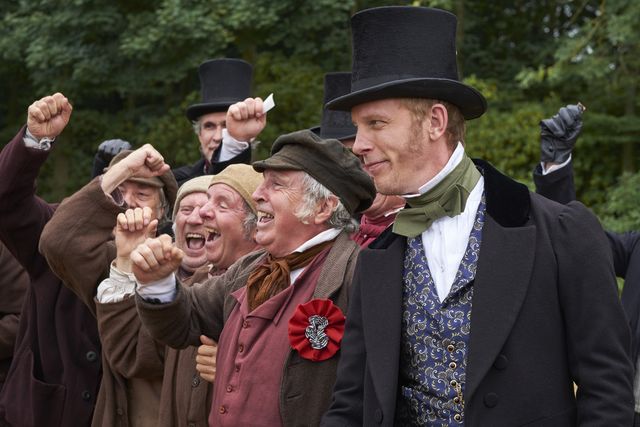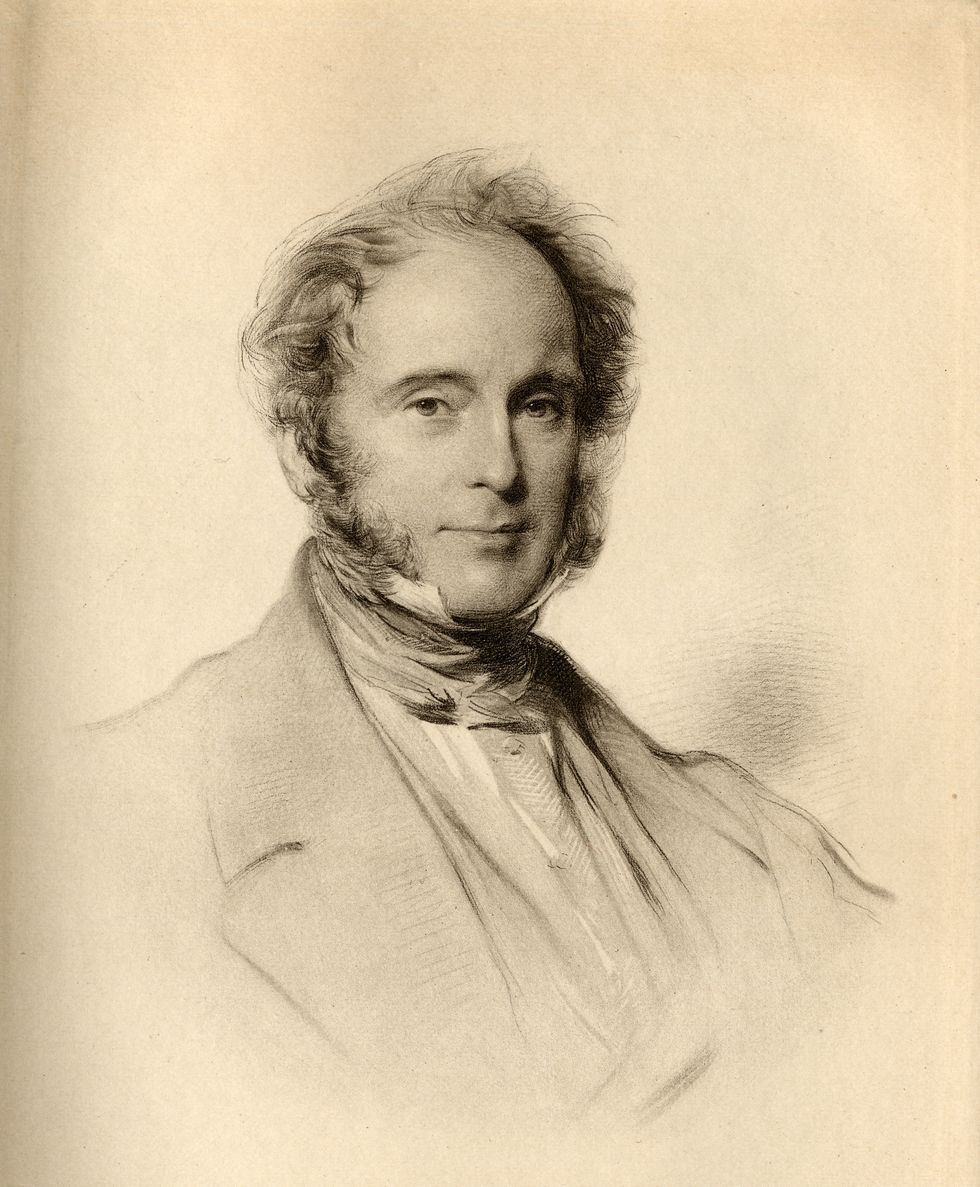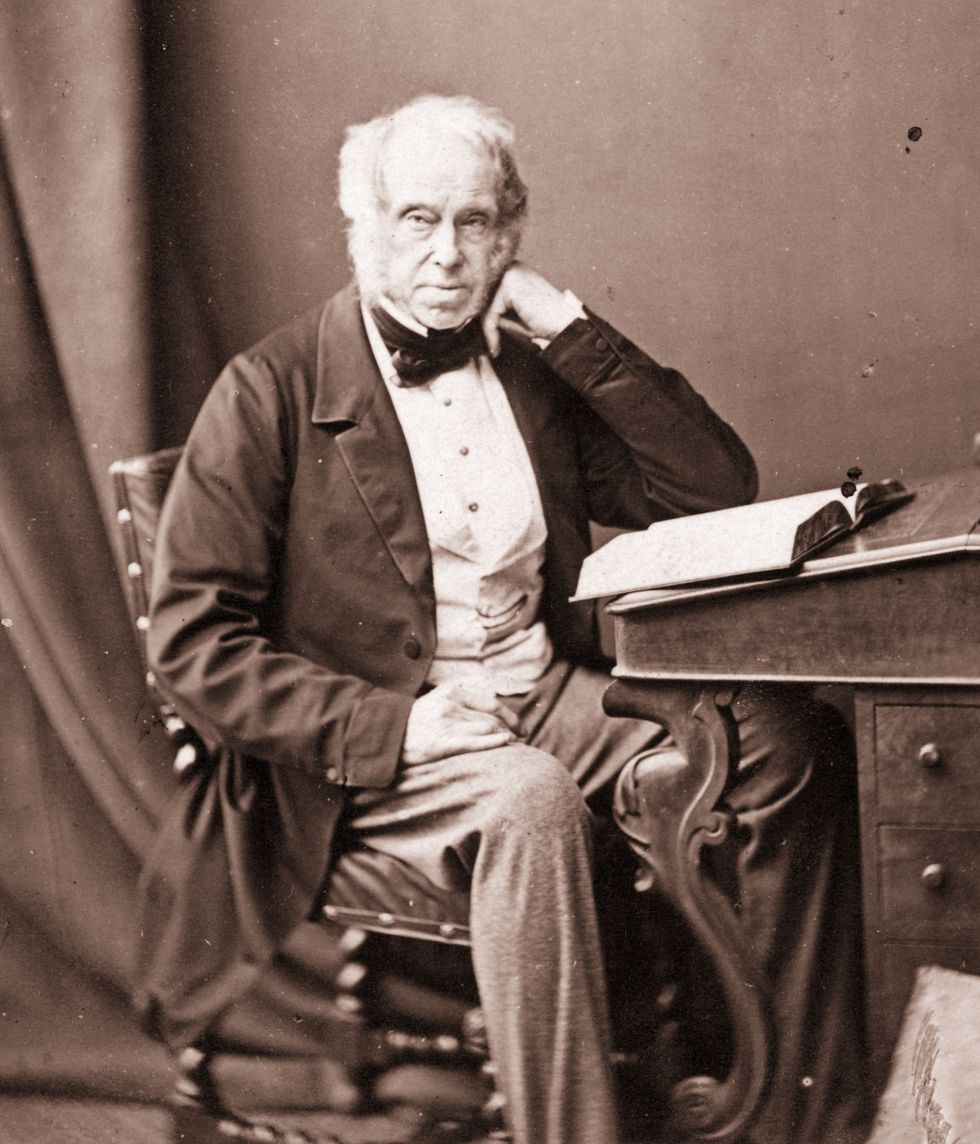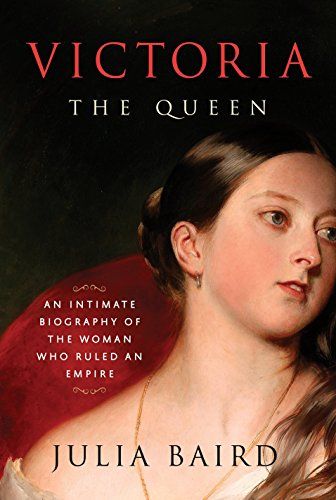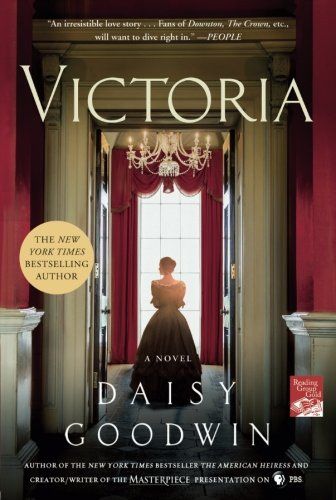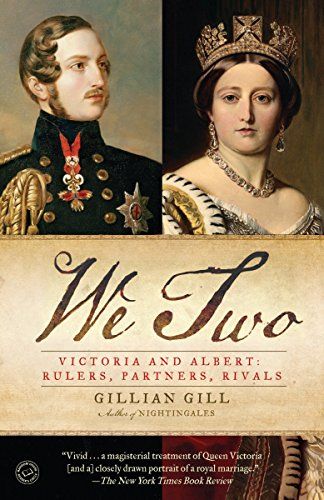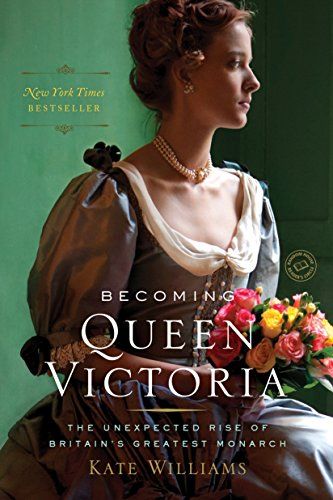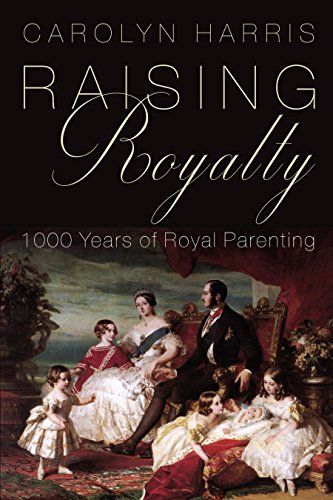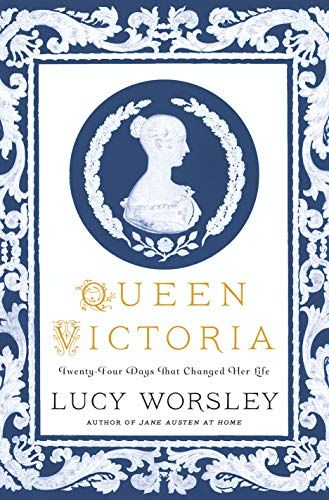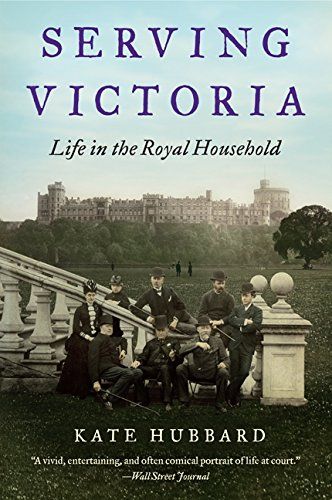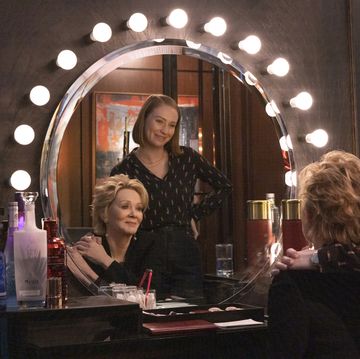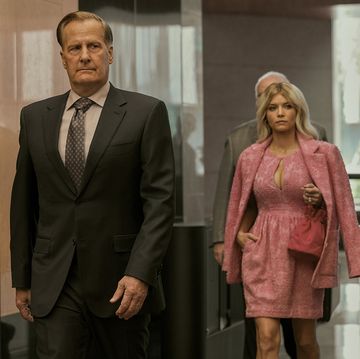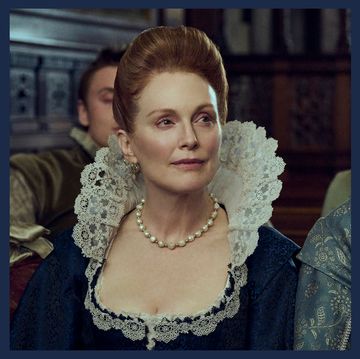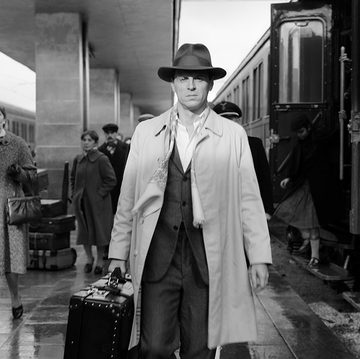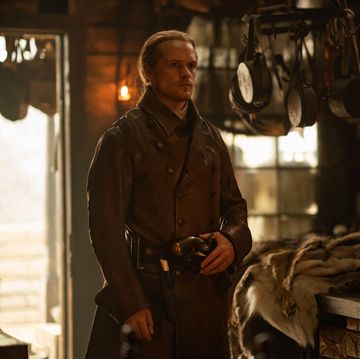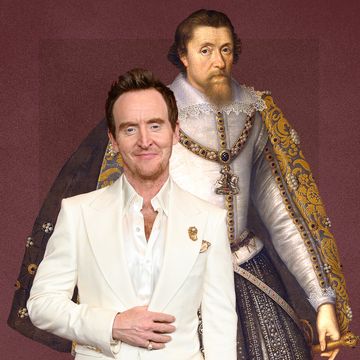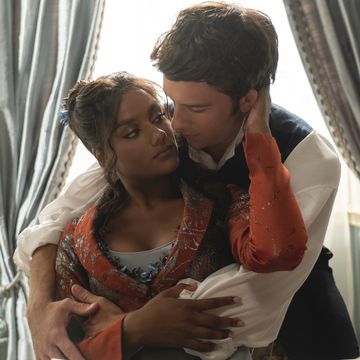Season three of Victoria, the Masterpiece PBS series about the Queen's early reign, premiered last week and introduced viewers to several new characters: Victoria's new Mistress of Robes, Duchess Sophie of Monmouth; the Queen's half-sister, Princess Feodora of Leiningen; and Lord Palmerston, the Foreign Secretary, who is quickly becoming Victoria's verbal sparring partner.
The show paints Palmerston, played by Laurence Fox, as the Queen's political rival, and frankly a real thorn in her side. But what was he really like? And how did he and Victoria get along?
Palmerston was something of a playboy.
The politician, whose full name was Henry John Temple, 3rd Viscount of Palmerston, was widely known by the nickname "Lord Cupid," a nod to his many mistresses, and a 2004 story in the Telegraph describes him as "swashbuckling," an "18th-century buck," and someone who "combined office with a rambunctious sexual adventurism." Need anecdotal proof of his reputation? Once, he horrified Prince Albert by "stumbling into the bedroom of one of the Queen's ladies-in-waiting at Windsor, in the unfulfilled hope of seducing her."
But women were only one of his vices. As showrunner Daisy Goodwin put it, "He loved gambling; he loved racing; he loved women."
But Palmerston eventually settled down (somewhat) and married to Lord Melbourne’s sister Emily Lamb.
They were both in their 50s, and didn't tie the knot until 1839 after Emily's first husband, the 5th Earl of Cowper, died. That said, Emily and Lord Palmerston are thought to have had an affair while she was still married to Cowper. While Palmerston had no legitimate children, one of Emily's daughters, who was born during her marriage to Cowper, is thought to have been fathered by Palmerston.
By many accounts they had a happy marriage. Of their relationship, Emily's son-in-law, Lord Shaftesbury wrote, "His attentions to Lady Palmerston, when they both of them were well stricken in years, were those of a perpetual courtship. The sentiment was reciprocal; and I have frequently seen them go out on a morning to plant some trees, almost believing that they would live to eat the fruit, or sit together under the shade."
And according to Sarah Knowles Bolton, author of Famous English Statesmen of Queen Victoria's Reign, "Shaftsebury rejoiced that [Emily] outlived her husband by four years, as he thought Palmerston could not have lived had she been taken first, so devoted he was to her."
He was a life-long politician.
Palmerston began his career in politics as a Tory MP in 1807 before switching parties, first to the Whigs and later to the Liberal party. Season three of Victoria opens with him as Britain's Foreign Secretary in 1848, a position he held multiple times (from 1830 to 1834; 1835 to 1841; and finally from 1846 to 1851) and was well-suited for, as he spoke multiple languages fluently. The show also illustrates his enormous public popularity and his sympathy for many of the revolutions taking place across Europe.
He would later go on to serve as home secretary and eventually Prime Minister, and was known for his aggressive foreign policy. (His strategies helped give rise to the term "gunboat diplomacy.")
Palmerston's political views are sometimes simplified to say that he was a Conservative at home and a Liberal abroad, but biographer Jasper Ridley summarizes his perspective a bit more accurately here:
There was no contradiction between Palmerston's internal and foreign policy. He believed, like most Englishmen of his generation, that the British Constitution and social system, as it existed in 1830, was the best in the world, and as near to perfection as any merely human institution could ever be.... Palmerston was a Conservative at home because he wished to preserve this system and prevent any developments in the direction of democracy. He was a Liberal abroad because he wished to see this system replace the absolutist monarchies of the Continent.
It's unclear how long his tenure on the show will last, but Palmerston continued to work with Victoria as her Prime Minister.
He held the position twice, and died in office in October of 1865 at the age of 80, but not before he helped to establish the Court of Marriage and Divorce, which allowed people to get divorced without having to go through Parliament.
It's true that Victoria didn't care much for Palmerston, at least in the beginning.
Her displeasure on the show is based in fact. According to the BBC, the Queen told her Prime Minister John Russell "more than once that the day would come when she would have to insist on Palmerston's dismissal." Primarily, she objected to his habit of ignoring her suggestions and making orders without royal input, as well as his lascivious behavior.
Eventually, both she and Prince Albert grew to appreciate him. "Prince Albert agreed that of all the Prime Ministers they had had, Lord Palmerston was the one who gave the least trouble," reports the BBC. "It was fortunate that he had mellowed, for it was [Palmerston] who had to deal with the queen when she was overwhelmed with grief at the death of her beloved husband in 1861."
And when Palmerston died, Victoria mourned. She wrote that he "had often worried and distressed us, though as Prime Minister he had behaved very well. To think that he is removed from this world, and I alone, without dearest Albert to talk to or consult with!"

As the digital director for Town & Country, Caroline Hallemann covers culture, entertainment, and a range of other subjects
